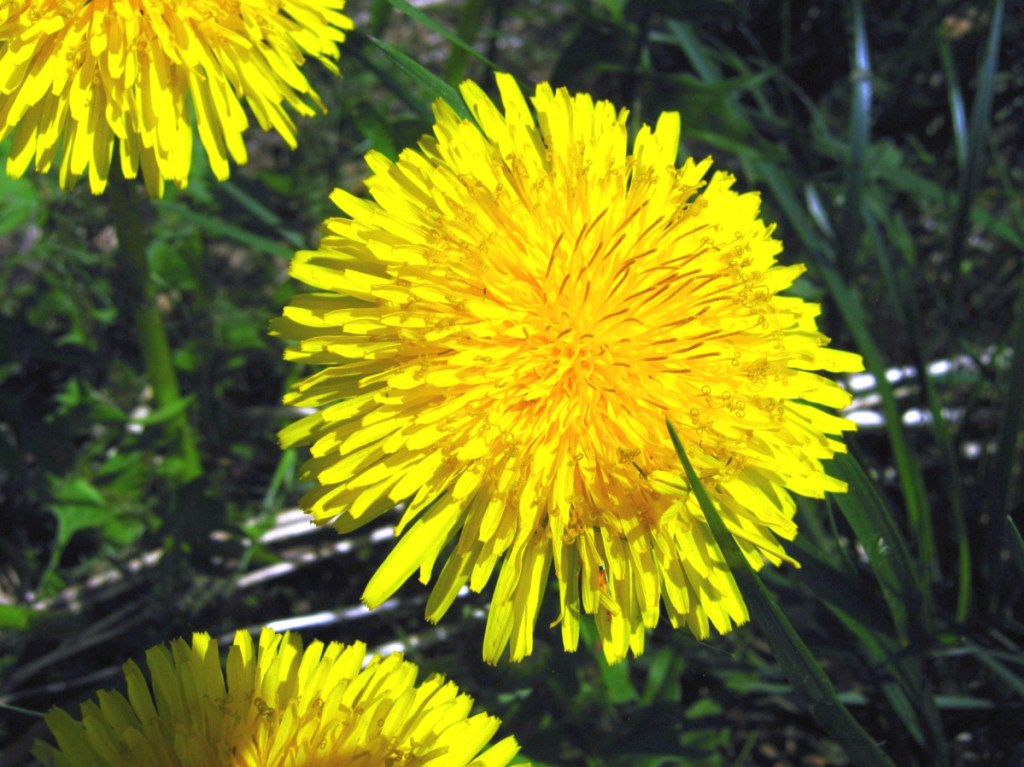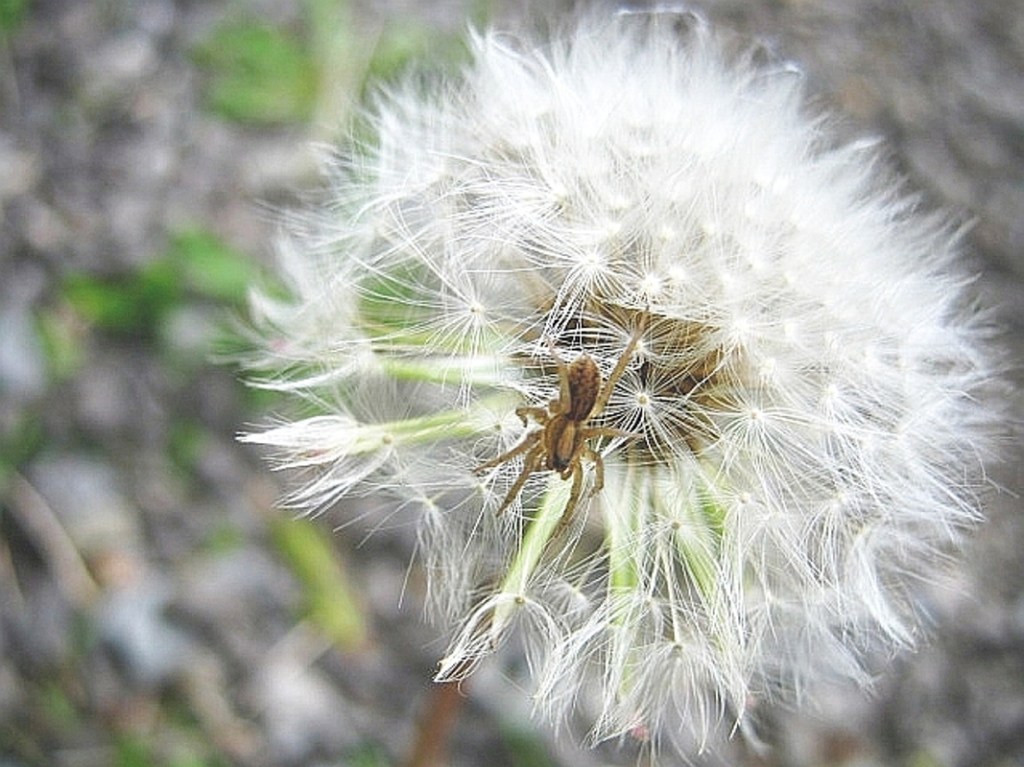All summer I pretend to be in charge of my lawn. “Lawn” is a euphemism for the cleared area around my house where I try to stop birch and beech saplings, meadowsweet, red osier and goldenrod from taking over. Where I succeed, that’s where grass grows. At least, it grows on the parts where sphagnum moss, ledges and anthills don’t.
I do not like yard work. In nearly 25 years here in Troy, I have planted one lilac bush and a few perennial herbs and flowers by the deck. Actually my wife, Bonnie, planted them. Instead, my strategy for keeping the cleared area 1) reasonably neat-looking and 2) too short for mosquito housing, involves what I call passive landscaping.
In passive landscaping, you do not dig or plant anything. Maybe a handful of grass seed. Instead, wherever you want something sticking up, you let whatever wants to, grow. The main gardening tool is the lawn mower.
In the early years I used a chain saw, too. It’s unbelievable how fast birch saplings spring up in a clearing. My brother and I slew hundreds of them along the imaginary boundary with the big spruces and cedars where I wanted the yard to be.
After the woody stuff is contained, the lawn mower does a pretty good job of keeping the trees at a distance. If you’re diligent, that is. If you’re not, it gets the woods’ attention. Trees don’t like clearings and inch toward the house at night like some Maine version of Tolkien’s Old Forest.
To adorn the cleared area, I left a poplar, an ash and an ancient alder with wild rose bushes nestling around their feet, two spruces, and two clumps of staghorn sumac. The sumac is sneaky. It sends up shoots in distant, unlikely spots. But the lawn mower stops it from generating boreal jungle.
Last summer I got an electric lawn mower, hoping to reduce my carbon footprint, as we say. There’s no smoke now, but on the ledgy slope behind the house, green spirits still appear and disappear in their annual dream. Wild carrot and goldenrod co-habitate with the grass near a gray birch, a precarious poplar my tree-felling friend Coach Holmes advised me to remove, a chokecherry bush and a small Bebb willow I let stand in a gas-mower experiment 15 years ago. The wild carrot smells good when you mow it, sweet and woody. Lower down, I hack at raspberry thickets. And early on in summer, there are dandelions.
The truth is, I like dandelions. They’re happy bursts of yellow light, like little suns. In fields they blossom tall and gaudy. On an actual lawn they grow to 5 or 6 inches.
The trouble is, I don’t want them all over the “lawn.” It’s patchy enough already, and ragged-looking dandelion greens disrupt guideline No. 1 concerning neatness. So I try to keep the raggedness in check by decapitating the flowers before they can seed. But in the world of yellow, passive landscaping is almost hopeless.
The dandelions know what to do.
After a few summers they stopped sticking their heads up so high and started growing tight to the ground, where even the electric lawn mower blade can’t reach them. The blossoms don’t get beheaded, and go to seed as usual. Nature finds a way, to quote a monster movie.
If I stopped passive landscaping for a month, the birches, sumac and raspberry thickets would know exactly what to do, too, and the yard would vanish. But as it is, the mosquitoes occupy mostly the low-rent housing in the garage to avoid the dragonflies, and everything appears neat. Even though Tolkien’s fictional forest doesn’t really seem all that far-fetched.
Dana Wilde lives in Troy. You can contact him at naturalist1@dwildepress.net. His recent book is “Summer to Fall: Notes and Numina from the Maine Woods,”available from North Country Press. Backyard Naturalist appears the second and fourth Thursdays each month.
Send questions/comments to the editors.




Comments are no longer available on this story